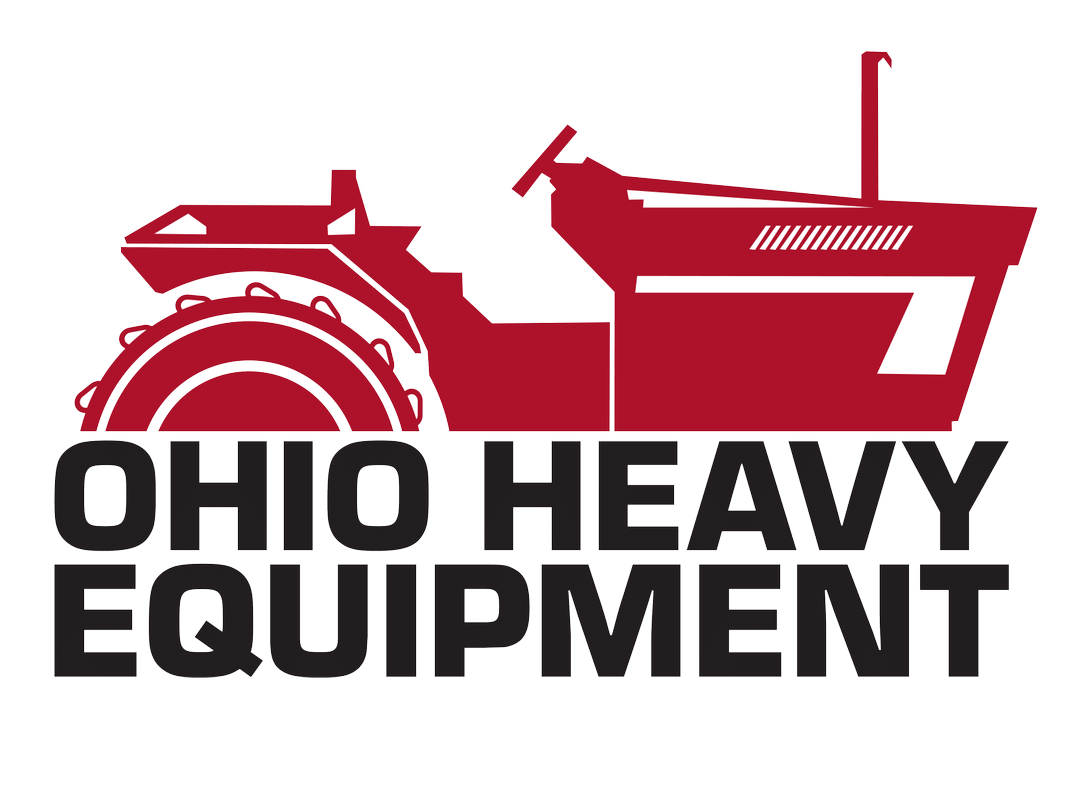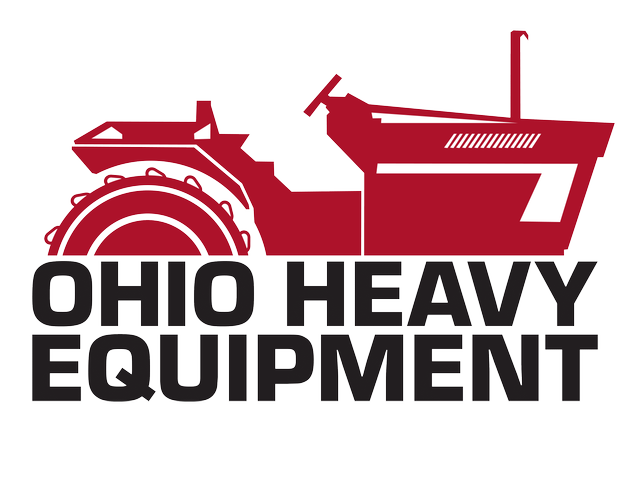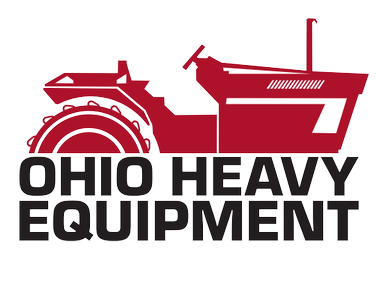In Ohio’s fast-moving construction and landscaping markets, access to the right equipment at the right time can be the difference between meeting a deadline and missing it. From compact tractor rentals for seasonal landscaping to skid steer rental in Ohio for site prep and material handling, smart rental strategies let contractors scale up quickly, keep costs predictable, and match machine capability to the job at hand.
Ohio Heavy Equipment serves contractors, farmers, and property owners across Wellington, Ashland, Medina, and beyond with a broad, well-maintained rental fleet. Whether you run a small crew or manage multiple job sites, the goal is the same: maximize uptime, control expenses, and deliver consistent results. This guide walks through practical, Ohio-specific approaches to equipment rentals so you can decide when to rent vs buy heavy equipment, how to plan utilization, and how to work with a local equipment supplier to stay productive and profitable.
Why Rentals Win in Ohio’s Real Conditions
Ohio projects often face variable ground conditions, four-season weather, and mixed scopes urban infill one week, rural site work the next. Buying a machine for every scenario ties up capital and invites idle time. Ohio equipment rentals solve for that by:
- Matching machine to task: Need trenching today and brush clearing tomorrow? Rent for each scope and avoid compromise machines.
- Reducing downtime risk: Late-model rentals with documented service histories lower the chance of breakdowns mid-project.
- Preserving cash flow: Keep capital free for payroll, materials, and growth instead of sinking it into under-utilized assets.
- Accessing the latest tech: Rent newer models with better fuel efficiency, attachments, and operator comfort—without long-term commitments.
For construction equipment in Ohio, this flexibility is particularly valuable during peak seasons when demand spikes and schedules compress.
Rent vs Buy: A Simple, Practical Framework
Use this three-question filter to choose confidently:
- Utilization: Will this machine be in use >65–70% of available days for 12–18 months?
- Yes: Buying may pencil out.
- No: Renting likely wins.
- Scope Stability: Are your project types stable enough to justify one configuration?
- Yes: Ownership risk is lower.
- No: Rentals give you the flexibility to pivot.
- Support & Storage: Do you have shop capacity, transport, and storage?
- Yes: Ownership overhead is manageable.
- No: Rentals shift those burdens to the supplier.
When in doubt, pilot with rentals for a quarter. Track true utilization, transport costs, fuel, and operator feedback. If you’re consistently extending rentals on the same model, it may be time to buy potentially via Ohio heavy machinery sales from the same partner for continuity.
Core Ohio Use Cases (and What to Rent)
1) Site Prep & Utilities
- Go-to rentals: Skid steer rental (Ohio) with buckets, forks, augers; mini excavators with trenching buckets.
- Why rent: Attachments vary job to job; compact size suits urban lots and tight access.
2) Landscaping & Grounds
- Go-to rentals: Compact tractor rentals, skid steers with landscape rakes, brush cutters, and tillers.
- Why rent: Seasonal demand; attachments change weekly; fast swap-outs keep crews moving.
3) Small Farm & Property Work
- Go-to rentals: Compact tractors with loader/backhoe, post-hole augers, pallet forks.
- Why rent: Bridge short windows planting, fencing, storm cleanup—without year-round ownership costs.
- This is where farm & construction rentals overlap perfectly.
4) Material Handling & Hardscape
- Go-to rentals: Skid steers/CTLs with forks, grapple buckets, and grading bars.
- Why rent: Payload needs fluctuate; attachments tailor the machine to pavers, block, mulch, or demo debris.
How to Work Your Rental Plan
- Forecast by phase, not just by project. List tasks (demo, excavation, backfill, hardscape, punch-list) and match each to the ideal machine + attachment set.
- Right-size the fleet. Favor one machine that does 90% of tasks with attachments over multiple specialty units that sit idle.
- Schedule backward from critical path. Secure bookings for peak weeks first (concrete pours, utility hookups, inspections).
- Use delivery/pickup windows. Let your local equipment supplier handle transport—keep your crew focused on production.
- Train operators on attachments. A well-trained operator can add an hour of productive time per day—multiply that by crew size.
- Track utilization and change orders. If scope creeps, call for an attachment swap instead of swapping the whole machine.
- Bundle weekends and weather days. Ohio weather shifts quickly; build rental buffers so delays don’t cascade.
Avoid These Common Rental Pitfalls
- Under-spec’d machines: Renting too small invites extra passes, fuel burn, and operator fatigue.
- Attachment mismatch: The wrong coupler or flow rate kills productivity verify compatibility when you book.
- Assuming availability: Spring and late summer get tight reserve popular sizes early (mini-ex, 75–95 hp CTLs).
- Skipping delivery logistics: Confirm access routes, ground conditions, and staging so drop-offs don’t stall crews.
- Ignoring damage clauses: Walk the machine at pickup/return and document with photos to prevent disputes.
Why Choose a Local Supplier (Like Ohio Heavy Equipment)
- Faster turnaround: Same-day or next-day swaps reduce downtime.
- Better fit: Locals understand regional soil, terrain, and seasonal patterns your quote reflects real conditions.
- Service that shows up: On-site support, parts, and field techs keep your day from slipping.
- Continuity: As you grow, the same partner can support Ohio heavy machinery sales when ownership makes sense.
Working locally also improves communication when a timeline shifts, a quick call can adjust delivery or switch attachments without blowing the schedule.
Pro Tip
Spec the attachment first then the machine. In Ohio’s mixed work, the attachment (planer, auger, brush cutter, grapple, grading beam) often defines productivity more than raw horsepower. Book the tool your task demands, then match the carrier’s flow/weight to it.
Key Takeaways
- Rentals give Ohio contractors flexibility, cash-flow control, and access to late-model machines.
- Decide rent vs buy based on utilization (>65–70%), scope stability, and support capacity.
- Prioritize skid steer rental in Ohio and compact tractor rentals for versatile, high-utilization tasks.
- Plan by project phase, not just by project schedule attachments and buffers around critical path tasks.
- A local equipment supplier reduces delivery friction, speeds service, and adapts to Ohio’s seasonal realities.
Conclusion
For contractors in Wellington, Ashland, Medina, and across the state, a smart rental strategy turns equipment from a cost center into a competitive advantage. By aligning machine capability with specific phases, leveraging attachments, and partnering with a responsive local supplier, you’ll keep crews productive, projects on schedule, and budgets under control.
Ohio Heavy Equipment stands ready with dependable machines, fast delivery, and practical guidance. Whether you’re breaking ground on a new build or tackling a seasonal landscape surge, the right rental plan keeps your operation moving day after day, job after job.


